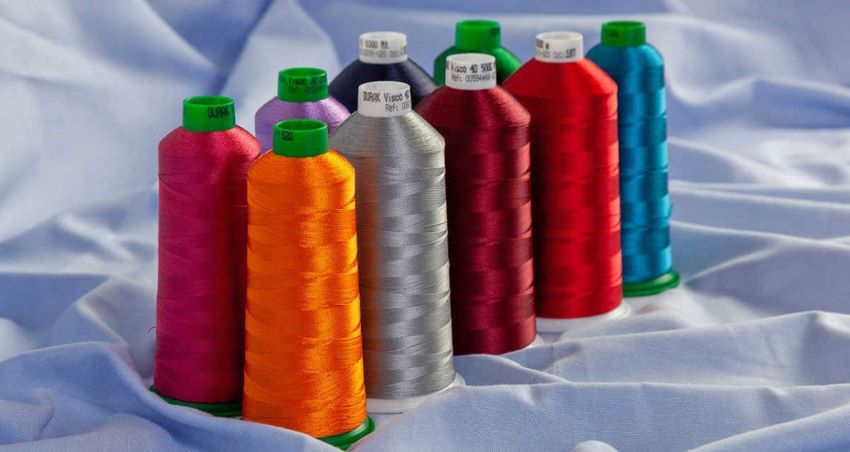
According UPC’s INTEXTER, an innovative study to get an accurate reading has revealed that reusing a mere kg of cloth saves 25 kg of CO2 emission. The global clothing sector is responsible for anywhere between 2-10 per cent of global carbon emissions.
The study was conducted by analyzing 550 kg of clothes from the Formació i Treball Foundation clothing bins. This innovative research was the first of its kind to characterize the fibers that make up T-shirts, shirts, coats, trousers, jackets and other kinds of clothing that are dumped in textile collection bins. The innovative initiative was based on crushing garments and standardizing the mixture by means of two steps: first, automatic carding; second analyzing the resulting webs using the standardized chemical methodology. The result allows for the determination of the composition of textile products, including the standard moisture regain of every fiber.
Study highlights
Results revealed that out of all the clothing in the dumping bin, 62 per cent are reusable and 37 per cent are recyclable. The study concludes that the most common fiber is cotton, with 50 per cent in recyclable clothes and 60 per cent in reusable clothes. Polyester follows, with 30 per cent in both types. Therefore, cotton and polyester account for about 80 per cent in recyclable clothing and 88 per cent in reusable clothing. The study pointed out that acrylic fibers account for a much lower percentage. Therefore, a large difference between recyclable clothing (12.4 per cent) and reusable clothing (3.1 per cent) emerges, because clothing made from these fibers deteriorates easily. INTEXTER Director Enric Carrera says, "In light of the analysis, we can say that the recycling strategy of post-consumer textile waste should focus on recovering and reusing 80 per cent of the predominant fibers, namely cotton and polyester."
Popular fast fashion brands, Zara, H&M, C&A and Mango were a part of the research. T-shirts, jumpers, jeans, underwear, socks and shirts being retailed through these brands’ e-commerce sites were analyzed for their fiber composition. 66.8 per cent of the garments analyzed contained mixed fibers, which significantly limits their recycling potential. Only 37.3 per cent of the garments studied were 100 per cent made with a single fiber. Studying home textiles from Ikea, Zara Home, H&M Home, 10xDIEZ and Carrefour revealed a different fact as bed sheets, towels, curtains and tablecloths are usually manufactured from a single fiber.
Carrera says, "If we could double the lifespan of garments, we would be reducing the fashion industry's greenhouse gas emissions by 44 per cent. Extending the active life of clothing by just nine months would already reduce carbon, water and waste footprint by 20-30 per cent. An increase of 10 per cent in second hand sales could save 3 per cent of carbon emissions and 4 per cent of water, according to data from the report Valuing Our Clothes: the cost of UK fashion, published by WRAP in 2017."
A recent study published by Labfresh found that 57.1 per cent of fashion waste from 15 countries across the EU ends up in landfills. This is a clear indication that the way forward is to reuse and recycle. The EU has been championing the cause by imposing stringent regulations for the fast fashion industry, setting achievable goals that manufacturers have to comply with.












